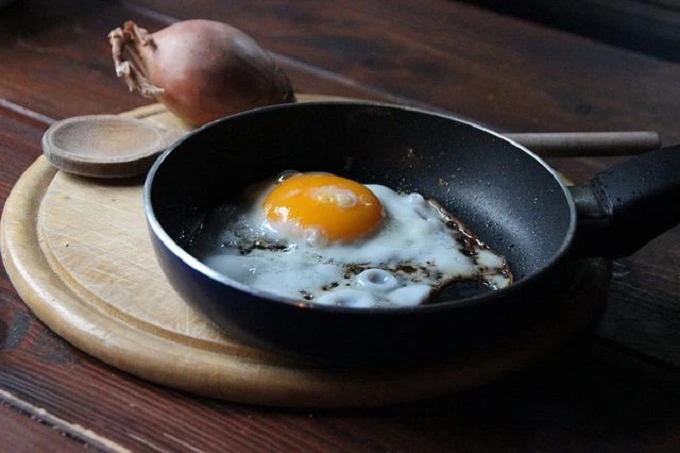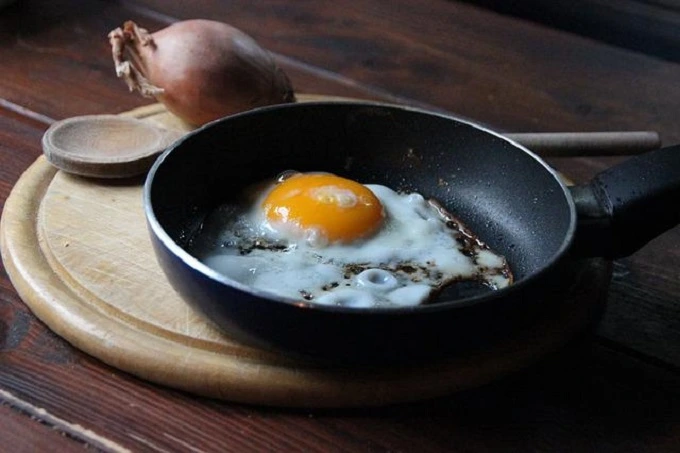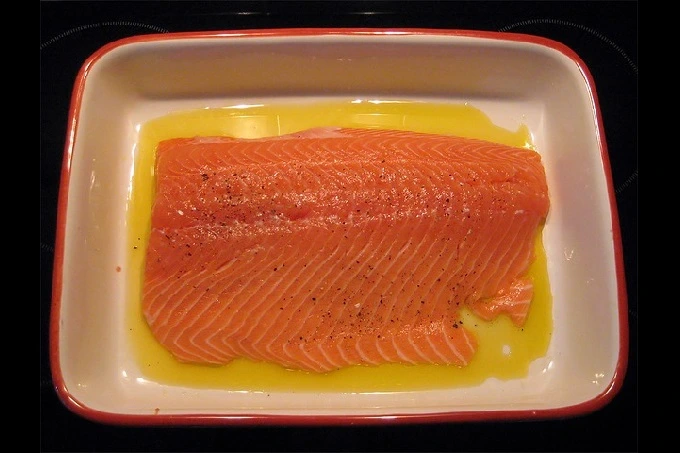Ceramic vs Teflon: how do you choose the right non-stick pan?

In a non-stick pan, you need to use less fat, and your food does not stick as quickly. Useful! But when can you be sure that the non-stick coating is not undermining your health? We give you some concrete tips.
Teflon non-stick coating
The most famous non-stick pan is undoubtedly the Teflon pan. The fact that your food barely sticks is due to a thin plastic layer made of the synthetic material PTFE (polytetrafluoroethylene) that is glued into the pan. Initially, PFOA (perfluorooctanoic acid) was used to glue the smooth plastic layer, but because this substance turned out to be harmful to health when overheated, it has been banned in all consumer products since 2015.

It is therefore unjustified that Teflon pans still have a somewhat unhealthy image. You can rest assured: all pans on the market today are 100% PFOA-free. PFAS are currently used to adhere the non-stick layer to the pan: chemical substances that make utensils water, dirt and grease repellent.
You will not only find them in non-stick pans, but also in water-resistant textiles or in the plastic layer on the inside of paper packaging. In the boxes of your favorite pizzeria, for example! You do not have to worry about these substances. Only at temperatures from 260° can PTFE decompose, and unhealthy vapors can be released.
Fortunately, with normal use, there is a small chance that you will reach such high temperatures during cooking. As indication:
This is how you cook safely:
• In order not to damage the non-stick coating, it is better not to use forks, knives or other sharp objects in a Teflon pan.
• Does your pan date from before 2015? Then it may contain PFOA. Get rid of it! It is also best to bring damaged pans to the container park so that the aluminium can be recovered. Tip: the average lifespan of a Teflon pan is 5 years.
• Always wash your pan by hand. That way, it will last longer.
• Never put a hot pan in cold water as this can cause it to warp.
• Never heat your Teflon pan before cooking. Empty pans can reach high temperatures within minutes.
• Always ventilate your kitchen while cooking.
Ceramic non-stick coating
In addition to the well-known Teflon pans, non-stick ceramic pans are on the rise. The inside of such a pan consists of a fine layer of ceramic, made of nanoparticles of silicon dioxide: a substance that occurs in sand or stones.

No fine plastic coating, but a layer of natural material prevents your food from sticking. A study by Test-Achats showed that non-stick ceramic pans have many interesting advantages. They are not only more scratch resistant, but also more resistant to higher temperatures than a classic Teflon pan. Even at a temperature of 450°C, the ceramic non-stick coating remains intact.
Ideal for roasting a piece of meat! The life of a ceramic pan is, therefore, longer and thanks to the use of natural materials, the pan is better for the environment. Anyone who trades in their Teflon pan for a ceramic one will have to get used to it.
A ceramic non-stick coating is a lot smoother than that of a standard Teflon pan, so it takes a while to find the ideal amount of fat and baking temperature during cooking. In terms of non-stick properties, a ceramic coating scores less well than Teflon. A Teflon pan remains the non-stick champion and is also a lot cheaper than its ceramic competitor.




